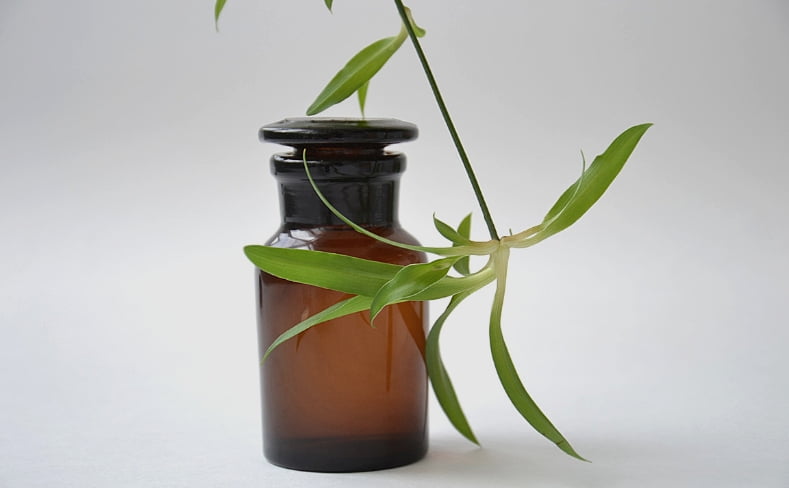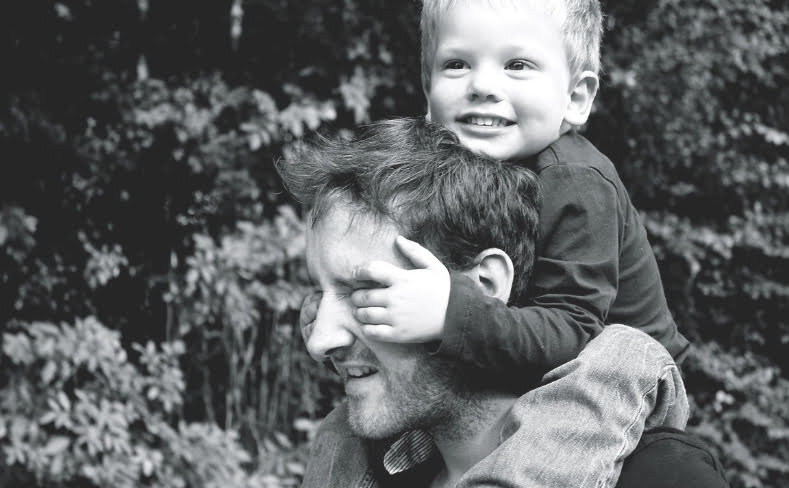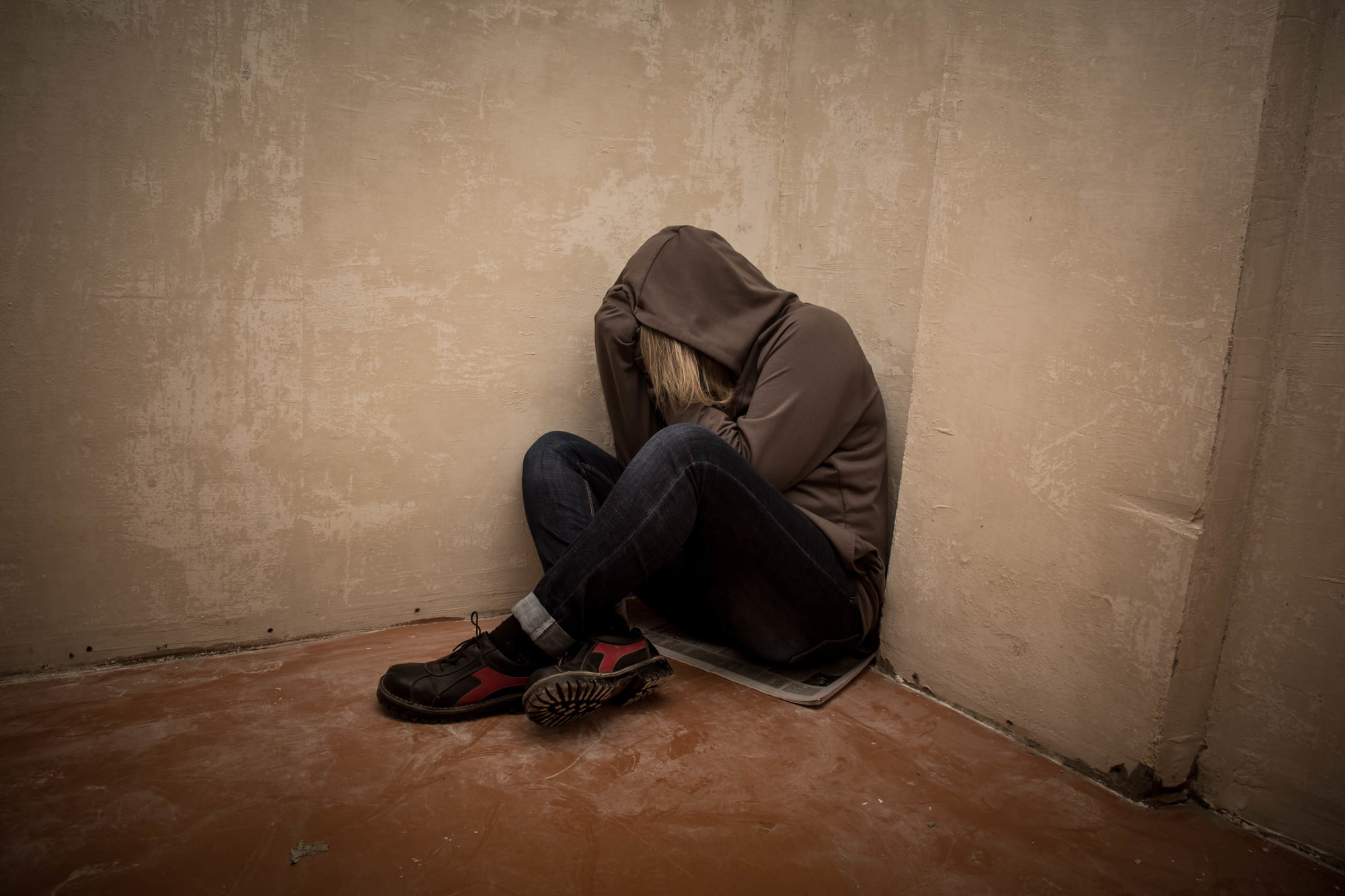What is an Opiate Detox Timeline?
Opioid addiction has long been a crisis in America. So much so, in fact, that 115 Americans overdose on them every single day.
Forty years ago, law enforcement was only concerned with heroin, but now prescription painkillers and synthetic opioids are also causing crime and thousands of deaths per year.
If you or someone you know is suffering from substance abuse, you may feel like you’ve been sucked into a black hole. It may seem like there is no escape from the vicious cycle of addiction. This, however, is not true. You have options.
One of those options is methadone. To use this treatment successfully, you must understand its benefits and risks, as well as the opiate detox timeline. This guide will help you figure out your next steps.
What Is Methadone?
Methadone itself is an opioid. Created in World War II, it was initially used to treat pain. You can ingest it as a liquid, tablet, or powder. It will alter how your body responds to pain, alleviating you from it.
It may seem ironic that an opioid is used to stop opioid and opiate addiction, but methadone has a unique property. As an opioid agonist, it actually blocks your body from becoming intoxicated on other opioids, like heroin or oxycodone.
Although it blocks the body from getting high on other opioids and opiates, it will provide the patient with a mild version of what they’re used to. This is why it’s an opioid agonist – it activates opioid receptors. This is known as replacement or substitution therapy, which eases the severe withdrawal symptoms that occur during opiate detox.
It is not expensive in the United States, but because it is an opioid, it is highly regulated. You will need professional supervision while on this treatment.
Methadone Benefits
Methadone has been used as a treatment for opioid and opiate addiction since the 1970’s. This means that doctors know what they’re doing, and many former opiate addicts have successfully used it to get clean.
Although other treatments like buprenorphine have become popular, studies show that this method has a particularly high drop out rate.
Patients on methadone will feel their quality of life improving. This is especially true as they avoid infectious diseases through injection drug abuse, as well as the criminal activity associated with illegal drug use.
With methadone, the patient in recovery is able to focus on therapy and getting back on their feet because the drug blocks those extreme opiate detox timeline weighing on them. They will find themselves better able to function in society.
In methadone treatment, opiate addicts can find a job. They can return to their family. In fact, a judge may even reduce a criminal sentence if the defendant can show they have enrolled in a methadone treatment program.
Regardless of any other factor, the most important part of deciding which treatment to choose is to consider that every patient has different needs. That why it’s vital to discuss opiate treatment options with a medical professional before choosing a treatment plan.
Methadone Risks
While methadone treatment has a lower drop out rate, it has a higher mortality rate. Compared with buprenorphine, methadone users are five times more likely to die in their first month of treatment.
This is, however, due to incorrect usage – specifically overdoses. And after that first month, mortality went right back down.
Of course, treating opiate addiction is no easy task. All drugs used to effectively block opioid receptors, relieving withdrawal symptoms, but also blocking intoxication of other opiates, can be dangerous. They require close medical supervision to prevent serious side effects.
Overdose and addiction is possible with methadone use. In treatment programs, however, the amount of methadone prescribed is closely monitored to prevent an overdose from happening.
Unfortunately, addiction is inevitable. If the patient wants to cease all methadone usage, they will need to do so under medical supervision to ensure their safety.
The Opiate Detox Timeline
Before you or a loved one begins methadone treatment, it’s critical to understand the opiate detox timeline. This will prepare you for what to expect.
Withdrawal symptoms will begin within six to twelve hours of any short-acting opiate dose. For longer acting opiates, the timeline is thirty hours.
Initial symptoms include watery eyes, a runny nose, excessive sweating, anxiety, agitation, problems sleeping, fever, and muscle pain.
After about seventy-two hours, however, these symptoms heighten sharply. The patient can experience nausea, diarrhea, vomiting, stomach cramps, shakiness, chills, restlessness, higher heart rate and blood pressure, depression, and cravings for the opiate.
While these symptoms diminish within four to ten days for most users, those recovering from methadone addiction may experience them for up to twenty-one days.
Even well after the patient has completely gone through opiate detox, they may still feel the effects of their addiction. They can develop Post Acute Withdrawal Syndrome (PAWS). These symptoms include depression, anxiety, fatigue, poor sleep, agitation, and reduced decision-making skills.
Additional Information
Little to no medical professionals would recommend a home detox method. Depending on the type of drug used, the dose per use, the frequency of dosage, the total time using, and the patient’s personal physical and mental health, the recommended treatment will differ. Also, the level of danger during detox will vary as well.
Through medical treatments like methadone, a patient can lessen the severity of the opiate detox timeline and allow themselves room to heal. These programs may also include nutritional support, hydration, hydrotherapy, analgesic use, sleep supplements, and over-the-counter medicines to ease symptoms like inflammation, diarrhea, and nausea.
When applying any detox tips or tricks to facilitate the uncomfortable detox process, make sure to first consult with a doctor, to make sure they don’t interfere with any part of the treatment.
For More Help
Conquering opiate addiction is a long and difficult journey. With the right medication and addiction support, however, anyone can get clean. With methadone, addicts can overcome the brutal opiate detox timeline.
If you’re looking for more information about how methadone combats opiate addiction, browse our educational posts at Methadone Near Me.










